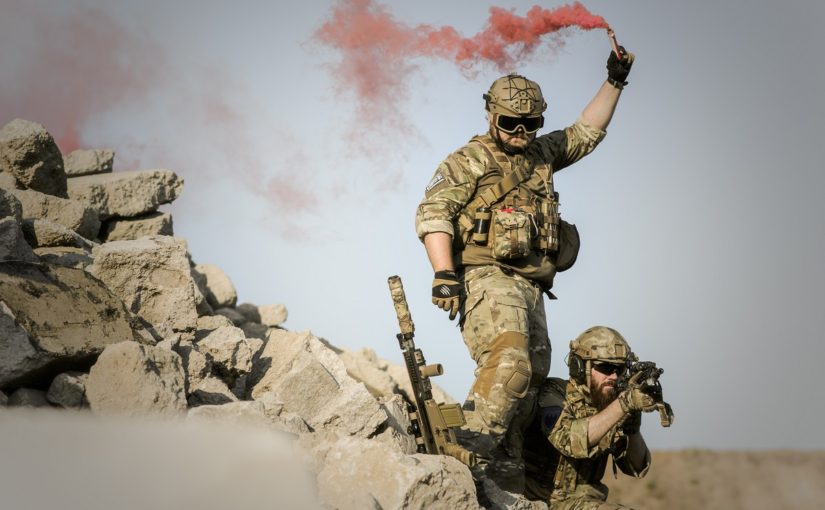Ceramic armor is a type of personal protective equipment (PPE) that has seen used in recent military conflicts. While ceramic armor is not invulnerable, it does offer superior protection to standard Kevlar body armor when faced with high-velocity threats such as rifle rounds. In this blog post, we’ll take a look at the materials used in ceramic armor, its properties, and some common uses.
Ceramic Armor Materials
The most common type of ceramic armor is composed of alumina (Al2O3) or silicon carbide (SiC) tiles. These tiles are bonded together using an adhesive such as epoxy to create a composite material known as laminate armor. Laminate armor is much stronger than individual ceramic tiles and offers better protection against penetration. Other less common materials that can be used in ceramic armor include boron carbide (B4C), titanium diboride (TiB2), and aluminum nitride (AlN).
Ceramic Armor Properties
One of the key properties of ceramic armor is its high hardness. Hardness is a measure of a material’s resistance to indentation and wear and is typically quantified using the Vickers hardness test. The Vickers hardness of alumina is approximately 2,370 MPa, while that of silicon carbide is approximately 3,150 MPa. This makes both materials significantly harder than steel (approximately 200 MPa) and much less susceptible to wear and tear. In addition to high hardness, ceramic materials also have high compressive strength—that is, they can withstand very high loads without shattering. The compressive strength of alumina is approximately 400 MPa, while that of silicon carbide is approximately 1,400 MPa. This makes them ideal for use in ballistic applications where impact resistance is paramount.
Uses for Ceramic Armor
Ceramic armor finds use in a variety of military, law enforcement, and security applications. Perhaps the most common use for ceramic armor plates is in bulletproof vests worn by police officers and soldiers. Ceramic plates can also be used to create armored vehicles such as tanks and personnel carriers. In these applications, the ceramic plates are usually bonded to metal plates using an adhesive for additional strength. Finally, ceramics are also used in riot gear such as helmets and shields to protect law enforcement officers from blunt force trauma during riots or other violent confrontations.
For those looking for maximum protection against ballistic threats in a lightweight package, be sure to check out RTS Tactical, their Level IV armored plate is of ceramic construction and contains the impact from multiple rounds with zero spalling while keeping the back face deformation to a minimum. It also complies with the NIJ guidelines.
For more articles, please click here.


